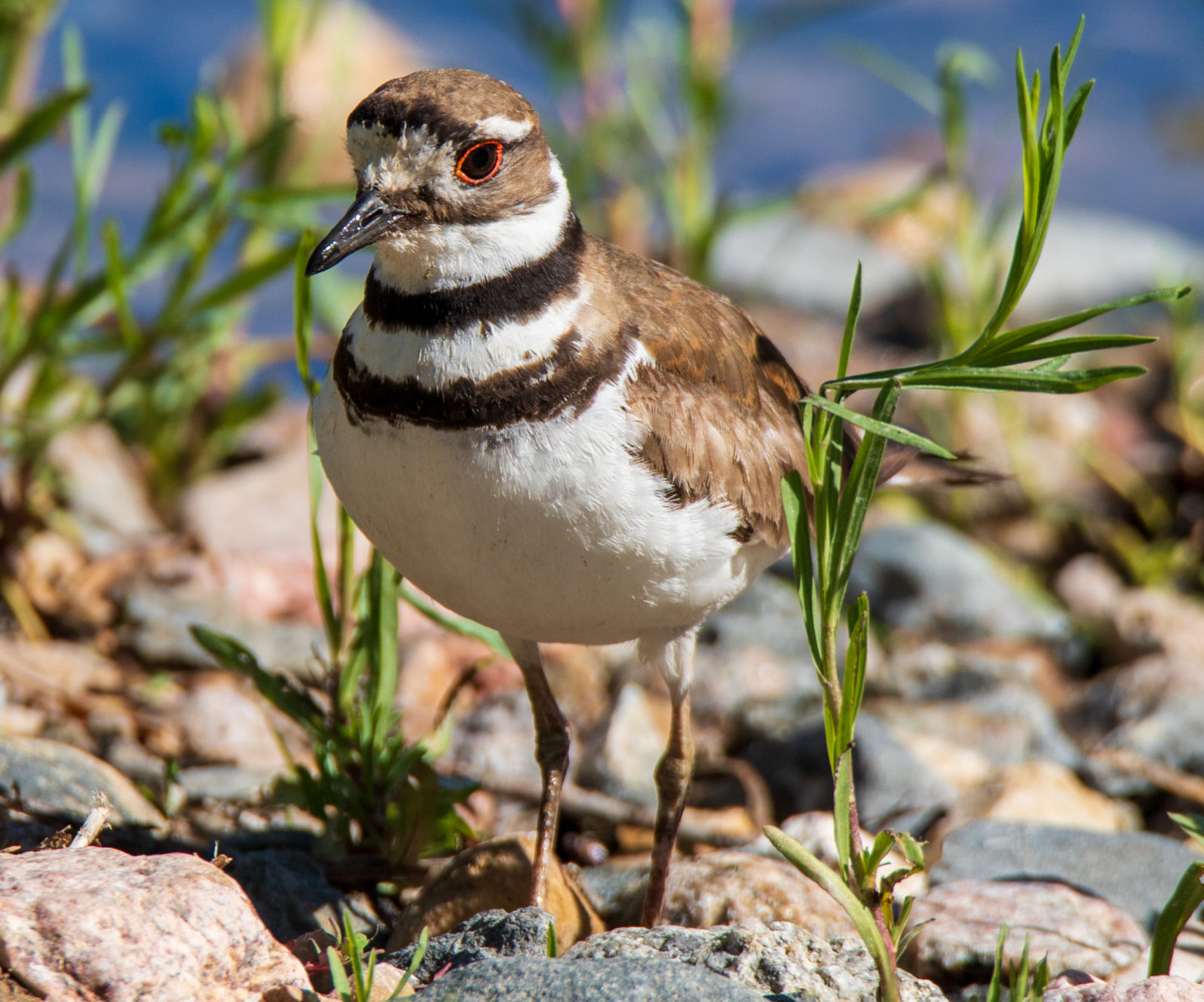The Remarkable Deceitfulness of Birds — But Is It Really Deceit?
The birds themselves are not agents making a moral choice to deceive; they are carrying out a behavior pattern they have inheritedWhen Clinton Francis, a specialist in bird behavior, challenged student Wren Thompson to find out how many types of birds use deceit in their defences against predators of their nests, he hardly expected to find that the number she was able to discover was 285:
Mapping those behaviors onto the avian phylogenetic tree revealed that the trait spans from some of the most basal bird families, including pheasants and ducks, to more recently evolved taxa such as songbirds. “It’s pretty amazing,” Francis says, adding that he was surprised how “particular clades on the avian tree of life really just light up,” including blackbirds, warblers, and sparrows. The frequent and disjointed appearance of the behavior across the tree suggests it evolved independently several times, he adds.
Andy Carstens, “Avian Deception More Widespread Than Previously Thought” at The Scientist (October 3, 2022) The paper is open access.
The bird that set them thinking was the killdeer, which pretends to be injured in order to distract a predator’s attention from the young in its ground nest:
With humans, it has the opposite of its intended effect. Wise to the trick, we begin looking around, just out of interest, to see if we can spot the nest. But it apparently works well enough with the killdeer’s usual targets.
Birds have subtle ways of deceiving other birds as well:
Filipe Cunha, a behavioral ecologist at Wageningen University & Research in the Netherlands, happened upon a particularly unusual case of avian deception while studying Siberian jays (Perisoreus infaustus). “They’re definitely liars,” he says, explaining how the territorial birds fake an alarm call that’s typically reserved for alerting group members to the presence of predators such as sparrowhawks. Cunha determined that the jays deceive neighboring groups of Siberian jays to scare them into fleeing, after which the liars steal caches of scavenged meat that the tricked birds had hidden to survive the Arctic winter. He says that he hopes studying within-species dishonesty will shed light on how trust evolved in our own species.
Andy Carstens, “Avian Deception More Widespread Than Previously Thought” at The Scientist (October 3, 2022) The paper is open access.
It seems a bit ambitious to hope that the study of bird deception will show us how trust evolved in humans, considering that it’s not even clear how the birds learn to deceive. They must develop these tricks without applying abstract reasoning to the problems. That is, the killdeer wants to protect her nest but she is hardly a strategist planning a campaign. How then is the trait learned?
For that matter, how exactly did the jays learn to fake an alarm call — and then, like the killdeer, pass the trait on to their offspring as a neurological inheritance? There is much here we are in no position to understand at present.
It’s worth considering that the term “deception” can have several meanings. In the birds’ case, it is simply a behavior pattern that deceives. The birds themselves are not agents making a moral choice to deceive; they are carrying out a behavior pattern they have inherited.
By contrast, when a witness lies under oath to help get the accused convicted, few onlookers would say it is merely a natural behavior pattern. Certainly the courts do not see it that way. It is seen as a moral choice generated in the face of abstractions like justice, truth, duty, etc.
What the birds are actually teaching us is that there is much intelligence in nature of whose origin we have no clear account at present.
You may also wish to read: The intelligence birds and bees naturally have — and we don’t. An exploration of the stunning findings in Eric Cassell’s new book, “Animal Algorithms.” Cassell observes that it would take deep thought and sophisticated design techniques to build a robot to accomplish what the bees, ants and termites can do.
